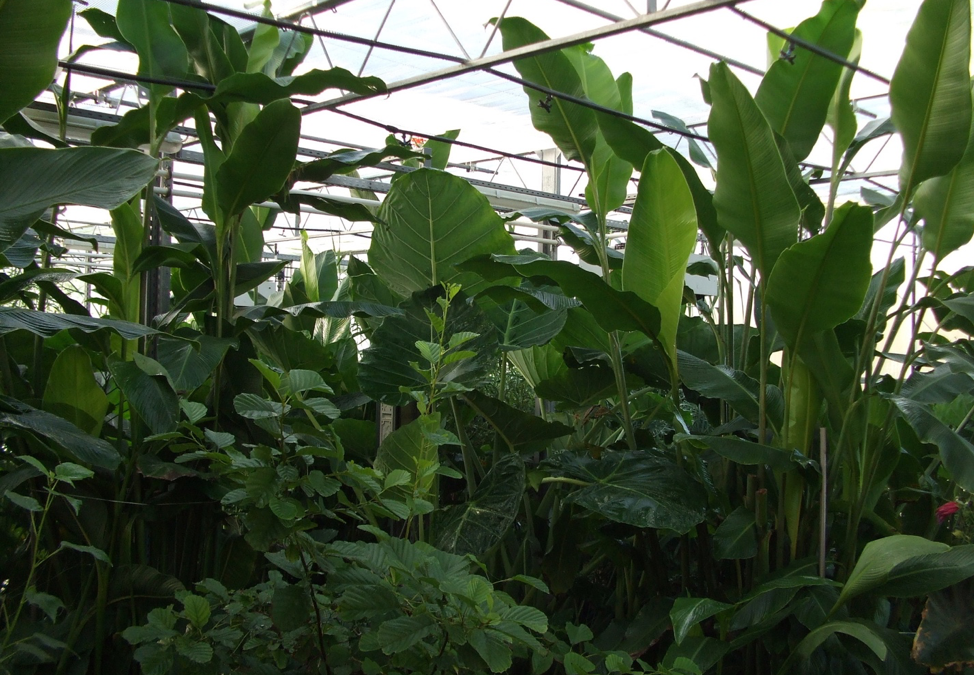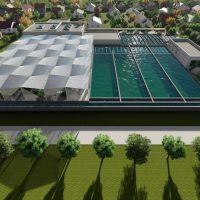By: László Tutor
Horticulture and Innovation Specialist at Organica Water
At Organica, we create planted wastewater treatment facilities. They treat water as a joint result of technology, microbiology, and botany.
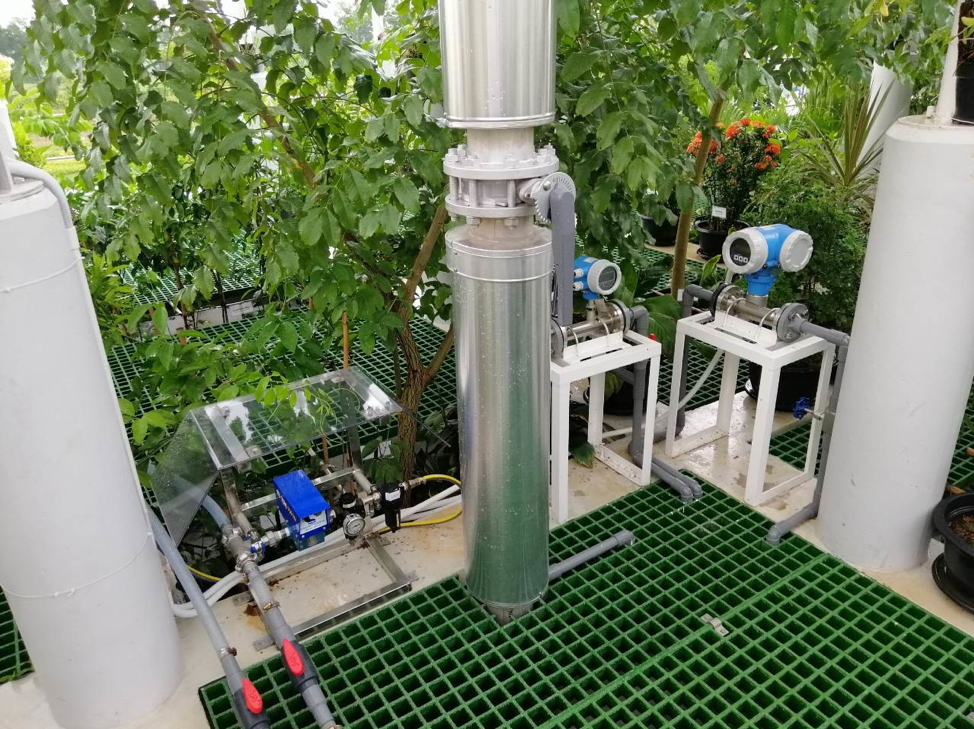
The plants in our facilities are the most eye-catching features. The facility -albeit being the peak level of available technology- reduced a simple shell around them: they dominate the area. But they are not always like this.
Most plant start as a seed: the shell of the seed pops when it contacts water, the first one, two or several cotyledons (seed-leaf) appears, a little root starts to creep; real, functional leaves appearing- the plant uses up all its food storage and start a life on its own. Or a cutting, planted in sand or simply water, opens up its buds and start to develop into a fully functional plant, a complete clone of the donor. Or, more rarely, a spore starts to divide and develop, finally end as a fern or a horsetail.
These are everyday miracles, and the result is a young plant or a sapling. But when to install them? Can’t we start with full grown-up plants? The youngsters are less resistant to stress, infections and more likely to die, and, also, look miserably poor on the opening ceremony… So? Let’s have BIIIG trees, bushy shrubs, gripping vines, and majestic bamboos!
Or… maybe rather not?
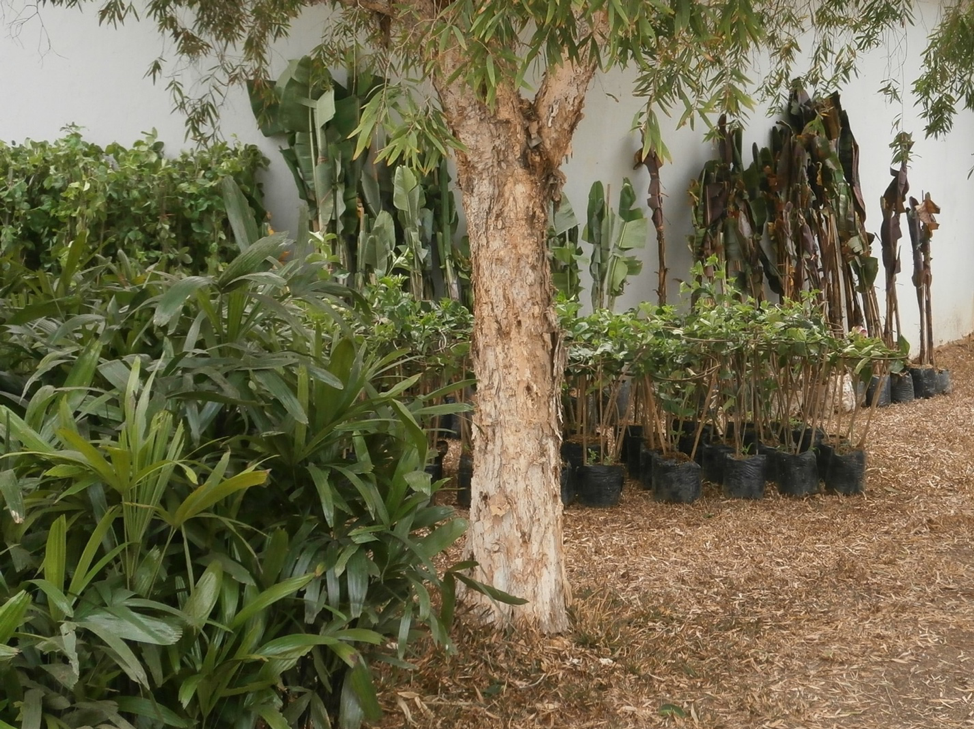
No, definitely not. Do not forget, we install them into hydroculture, more precisely, wastewater-culture. First of all, the size of the root balls is limited. We cannot install any size: simply because we can’t lift and place it properly: they tend to fall apart. The hydroculture clay balls and the water can’t support them as the soil would. They also tend to tilt or uproot as they don’t have a firm grip. And big plants require big roots: the ratio of the roots and shoots is quite well balanced, moreover, close to static.
But this is not the only problem: These plants are grown in nurseries, and not adapted to wastewater. Not even hydroculture. They need time. And this is the point where installing younger plants pays back: they can adapt much faster than the old ones. My experience is that the younger the plant is the better it adapts, the less loss found. Plants taller or having bigger crown diameter than 3-4 m most likely will die, whatever they are. My colleagues and I gathered years of experiences and based on those we give well-defined sizes for each species- size and age we find to be the best to survive the adaptation period.
And, let’s also mention this, just as a side note: younger plants are always cheaper. 😉
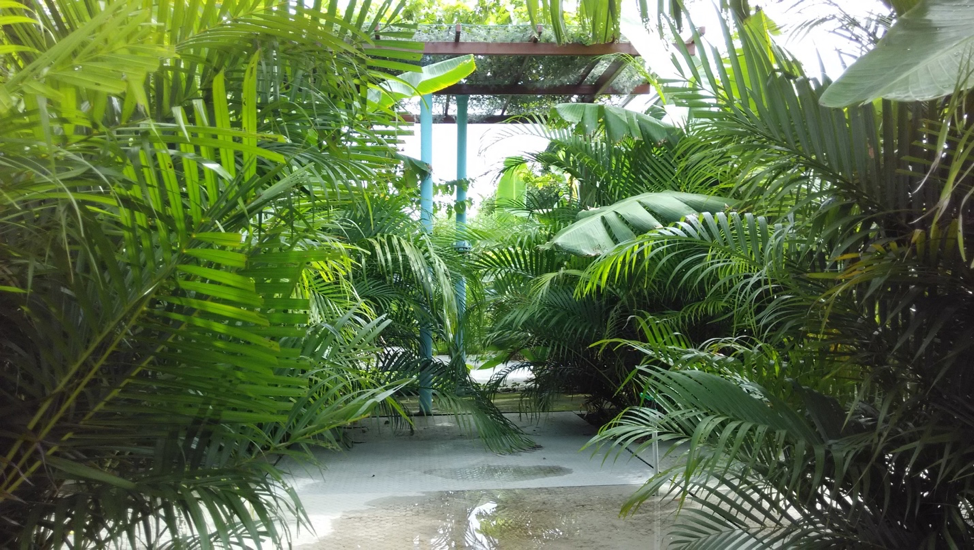
I would like to emphasize: all plants grow. In my mother tongue, Hungarian, our word for “plant” is “növény”: meaning “a thing that grows/grown”. These young ones will, too, and even faster than the ones in soil: the wastewater provides generously. They have all the light they need, continuous and abundant access to nutrients and -obviously- water (by the way, there is a good CO2 resource, too). While they grow, they develop a firm gripping on the structure holding them, they emerge roots deep into the water. They anchored themselves.
Now, it’s time to grow tall.

